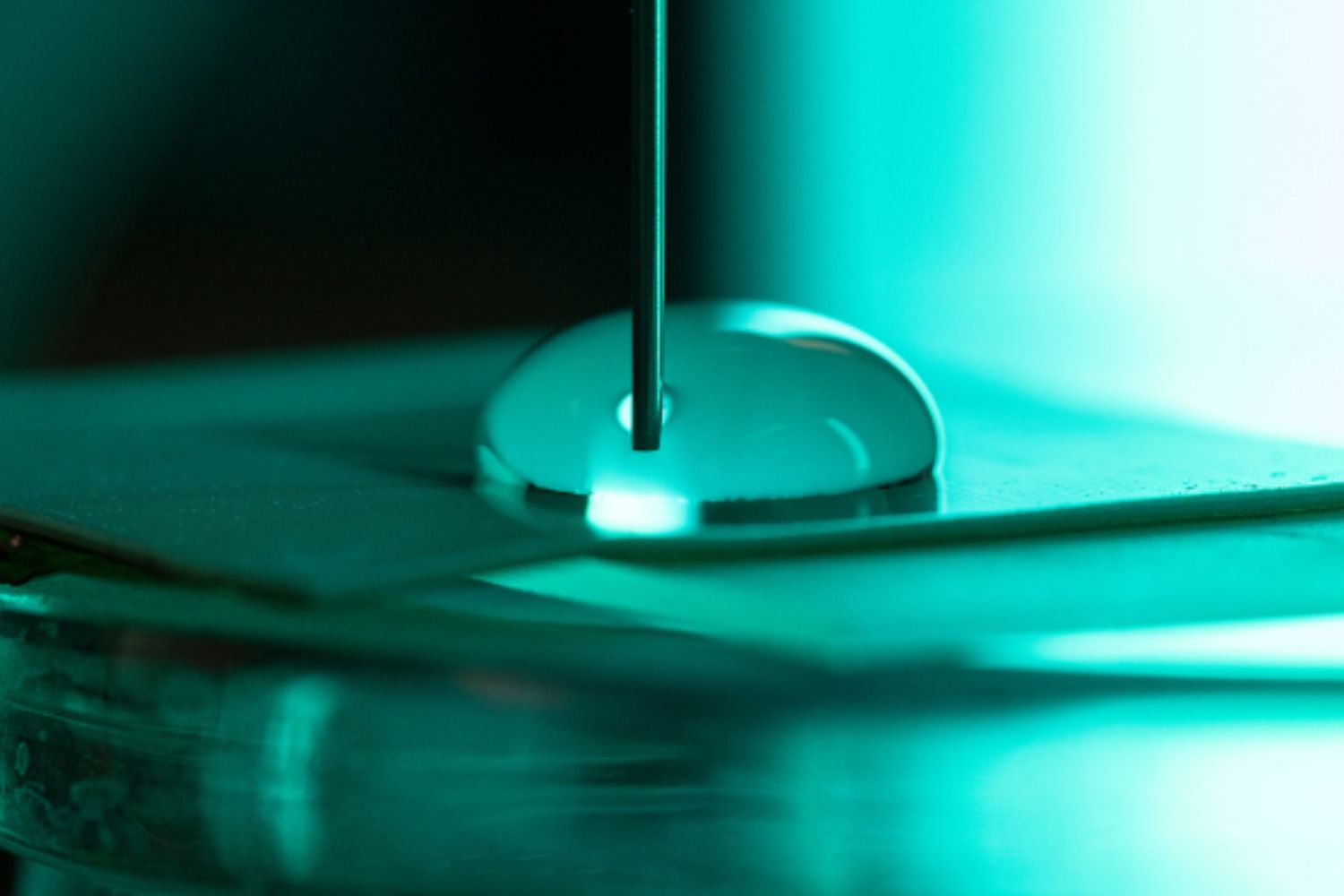A team of researchers from the University of Melbourne and RMIT University has discovered that water can generate up to 10 times more electrical charge than previously known, through the phenomenon of "stick-slip". The study could lead to innovations in fluid management and electricity harvesting from moving liquids.

@university of melbourne
Table of contents
A groundbreaking discovery by a team of researchers from the University of Melbourne and RMIT University reveals that water can generate an electrical charge up to ten times stronger than what has been recorded until now. The study, published in Physical Review Letters, shows that when a water droplet remains trapped on a small obstacle or irregular surface, the accumulated force causes the droplet to “jump or slip” past the obstacle, creating an irreversible charge never before reported.
This “jumping” effect, known as “stick-slip,” paves the way for the design of materials with controlled electrification, with potential applications that could include energy generation and storage.
The charge of water
The research team, led by Dr. Joe Berry and Professor Amanda Ellis from the Faculty of Engineering and Information Technology, alongside Dr. Peter Sherrell from RMIT University, published their findings in Physical Review Letters under the title “Irreversible charging caused by energy dissipation from depinning of droplets on polymer surfaces.”
Dr. Sherrell, whose work at the RMIT School of Science focuses on capturing and utilizing environmental energy, emphasized that while most people observe raindrops sliding on a window or windshield, few realize that this process generates a small electrical charge.
“In this study, we demonstrated that charge can be generated when the liquid comes into contact with the surface, transitioning from dry to wet, and it is ten times more intense than the charge generated in the reverse transition. It’s important to highlight that this charge does not dissipate. Our research has not precisely identified where the charge accumulates, but it clearly shows that it is generated at the interface and is likely retained in the droplet as it moves across the surface,” explained Dr. Sherrell.

The research method
The team investigated this effect by using water and polytetrafluoroethylene (PTFE), the material commonly found in Teflon.
Teflon is a plastic commonly used in pipes and fluid management materials but does not conduct electricity, meaning the charge generated cannot easily dissipate.
To conduct the experiment, the researchers measured the electrical charge and contact areas formed by the spreading and contracting of water droplets on a flat Teflon plate, simulating the movement of droplets across the surface.
They employed a special camera to capture individual frames of the droplets as they adhered to and slid across the surface while simultaneously measuring the changes in electrical charge.
“The amount of charge may seem insignificant, but this discovery could lead to innovations that allow for the enhancement or inhibition of charge generated in the interactions between liquids and surfaces in numerous real-world applications,” said Shuaijia Chen, the study’s lead author and a researcher at the University of Melbourne.
Applications for the energy transition
According to the team, the impact of this research will depend on the development of commercial technologies in collaboration with potential industry partners.
The researchers plan to investigate the “stick-slip” phenomenon with other types of liquids and surfaces and aim to explore how this movement could influence the design of fluid management systems. They also plan to investigate methods for recovering electricity and accelerating charging from the movements of liquids in energy storage devices.
